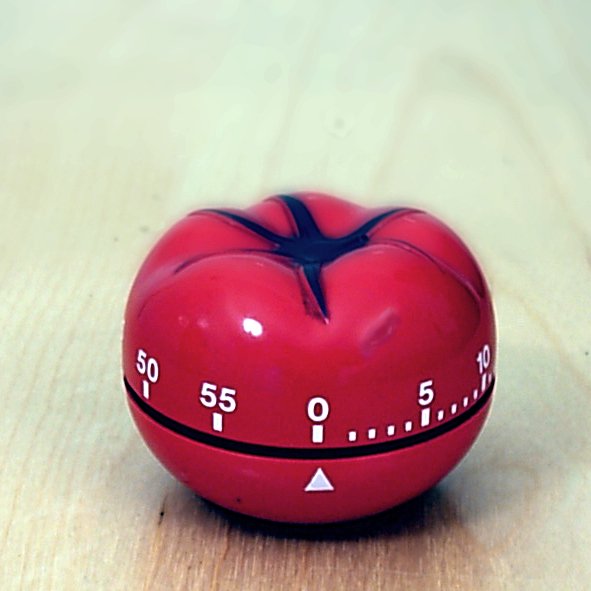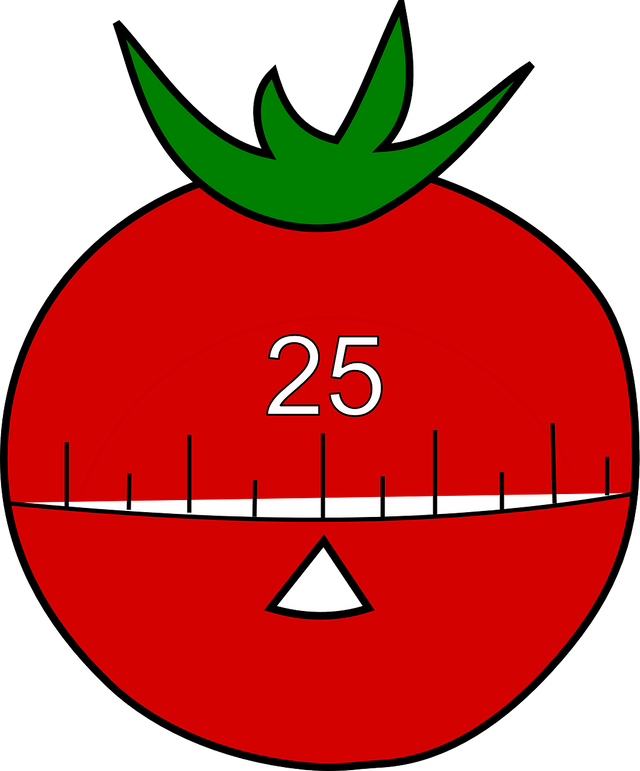Why Do I Love Tomatoes And Hate Eisenhower?

“Time management? I don’t know what that is. We had this course in the University but I never had time to go.” That is not a joke, that was a phrase I heard in real life. It is sad if you can’t find the time to learn how to find yourself more time.
Pomodoro time
People working a lot – and often independently – may know how difficult it is to plan and organize your work, prioritizing tasks, finding the best method and order which is adequate for you. That “science” is called time management, or also productivity. But don’t be scared, it is not so hard as it sounds for the first time.
Let’s see a simple example. One of the methods I read about is the “Pomodoro technique” (Tomato technique). Really simple, it says practically, you can’t only work and concentrate hard all the time. Your brain – our brain –, from the ancient times to today, maybe more used to hunting, gathering, or cultivating. Not always thinking and thinking. So, our brain needs regular relaxing. For the same reason, schools are making breaks between two classes.
25+5 is the key
The name of this technique was given based on a tomato-shaped and colored kitchen timer clock. You put the timer to 25 minutes and begin to work. After this time is up, you make 5 minutes of break. But you must stand up, relax, you have to make something really different. After the break, you work another 25 minutes. After every four “pomodoros” (such 25+5-minute working cycles) you make a longer break, of approximately 15-30 minutes.
Very easy. I tried it and it was really effective, I didn’t get tired so easily and was not distracted so much. A problem was not to forget at which point of my work I was leaving to make a break. But you can get used to text it quickly to a paper. Also, if ideas or interruptions (not important messages, phone calls) appear during a Pomodoro cycle, we should write them down and continue working on the task.
Get in the matrix
The other method I mentioned in the headline, the Eisenhower matrix helps you to prioritize tasks. There is a 2 x 2 fields table where you distinguish between important, not important, urgent, and not urgent tasks. So:

You must do the important and urgent tasks immediately. The important, but not urgent ones you can plan, schedule to make another day. The tasks not important and not urgent, you can forget, eliminate, to save time. Or do some of them only if you want to.
Where is my secretary
I have problems with the urgent, but not really important ones. President Eisenhower’s method was to delegate them to his employees. But I have no one. Not even an ugly secretary. So, how do I delegate them?

But I make something similar in my Trello already: I mark important cards with a red label and urgent ones with a yellow one. That helps me to identify the main tasks at first glance. (And I put green labels to tasks I know I will like. I finish my likable, preferred tasks with a threefold speed than hated ones.)
You have five seconds
About the urgent – but unimportant – tasks: I read about another method where you have to decide in 5 seconds if you do something or not. Source If you engage in a task, or let it go forever and forget it. I should study this further but the idea to be quick seems to be important.
I noticed earlier I’m sometimes struggling ten minutes with a three-minute-long, urgent, but unpleasant duty. That “5-second method” or only the idea could help me sometimes. If some of my problems or duties can be solved or made quickly, I better make them. Now.
Some other posts about productivity and productivity tools which may interest you:
How Can Trello Help You With Steemit And Blogging?
Lifehack: Do You Know Who You Are?
Less Microsoft, less Google, less Adobe
(Cover picture: Wikipedia)
(Second picture: Pixabay.com)